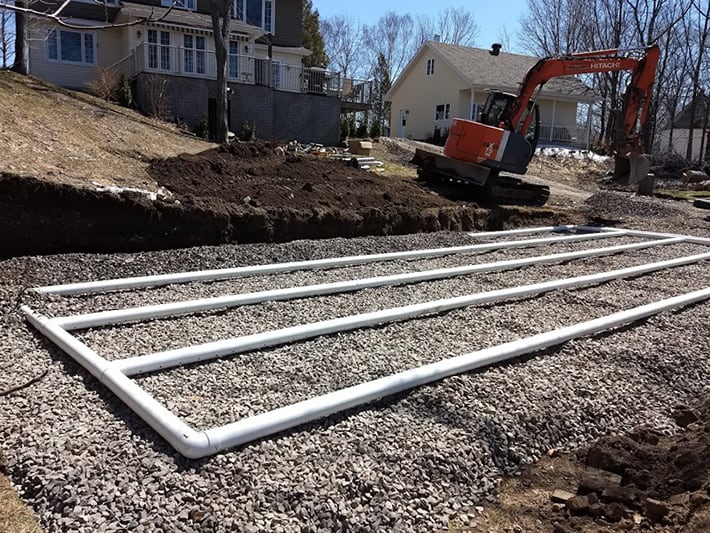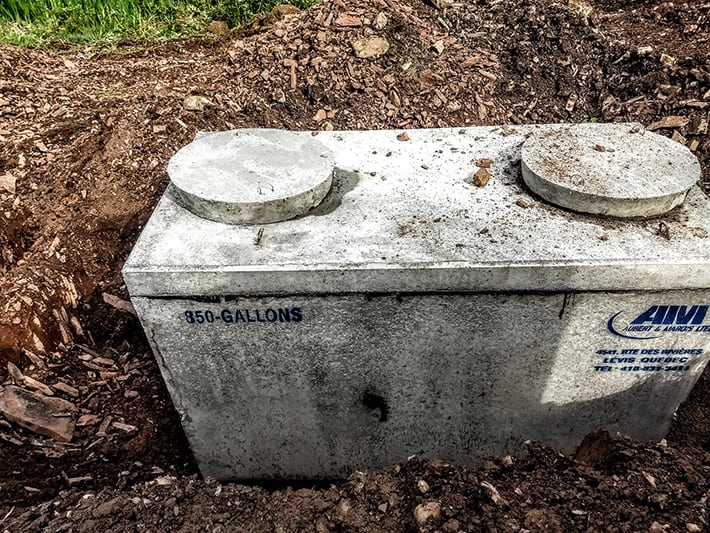Dealing with wastewater is typically handled by connecting your property to the municipal sewer supply. But when that’s not possible, we’re here to help excavate the earth for your septic tanks, cisterns, pipes, and drain field.
Most homes in Nanaimo are connected to the municipal sewer system. However, if you’re building in a remote location, and it’s not possible (or feasible) for your home to be connected to Nanaimo’s water utilities, you’ll likely require a septic
system on your property.
Excavation for Septic Tanks & Drain Fields
Island Excavating has years of experience carefully excavating pits and fields in which to install and build your septic system.
Areas We Can Help
- Digging accurate pits for septic tanks (including overflow tanks if needed)
- Excavating large areas for drainage fields
- Trenching narrow ditches for the many pipes that connect the entire system from your home to the drain field
Tasks We Don’t Perform
Our role in helping with septic systems, septic tanks, and drainage fields is mainly reserved to excavation work. We can NOT help with:
- Designing septic systems
- Expanding existing septic systems
- Repairing existing septic systems
- Performing soil evaluations, percolation tests, etc.
For the above, you need to contact a qualified Registered Onsite Wastewater Practitioner. You can search for a ROWP via this link.
However, if you’re in need of Nanaimo excavation for septic tanks, drainage fields, or just need some trenches dug, we can definitely help!
Contact Chris at Island Efficient Excavating to get started.

What is a Septic System?
Rather than distributing it into a municipal system for treatment, a septic system treats wastewater collected from your home right on your property.
Wastewater refers to the contaminated material collected from toilets, sinks, and laundry drains. Wastewater is typically classified as either greywater or blackwater depending on the level of contamination.
When wastewater drains from your home, it collects into the first stage of a septic system, typically the septic tank.
Septic tanks can be made of polyethylene, fibreglass, or steel, but most commonly are built from concrete.

Once in the septic tank, the wastewater is held until solids can settle at the bottom of the tank (this layer is called the ‘sludge’). In contrast, oils and grease float to the top of the tank (referred to as the ’scum’).
Next, the partially-treated wastewater flows out of the tank, through an outlet and via pipes, until it reaches a drain field, or septic field. Here the wastewater undergoes an additional level of treatment before the treated
water returns to the groundwater.
How Can We Help?
If you’re in need of excavating for a new septic tank or drainage field, Island Efficient Excavating is here to help.
Start by contacting us with info on your project. We’ll get back to you to arrange a free estimate and discuss your needs in more detail.